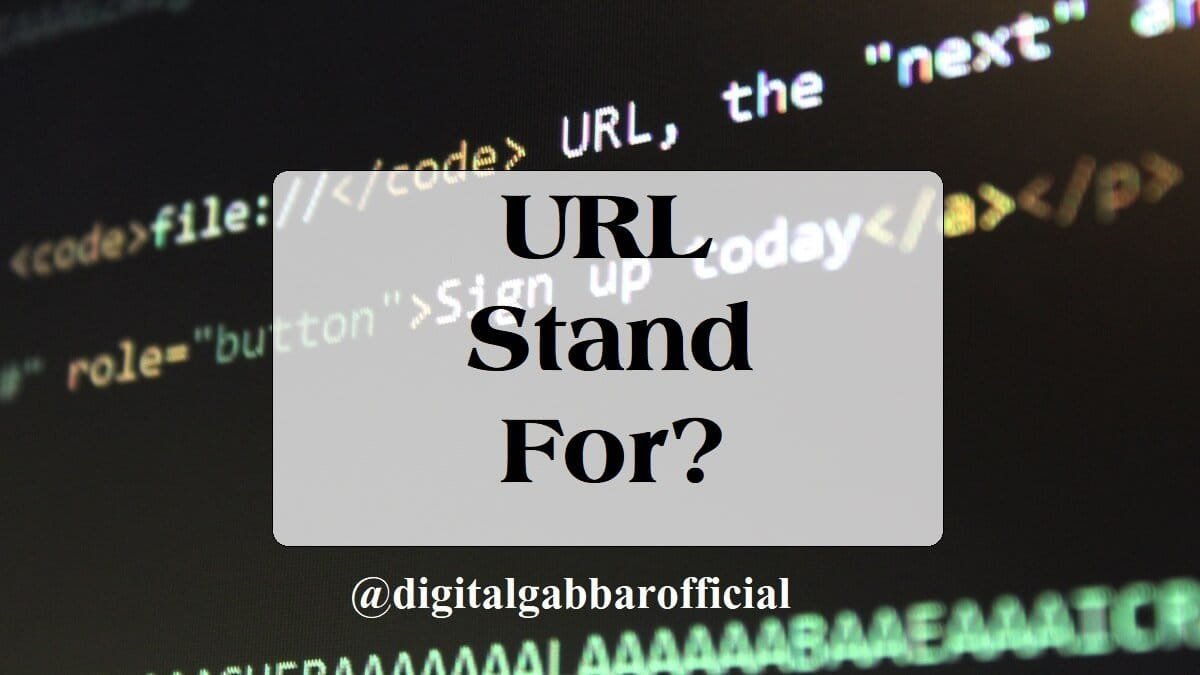Whenever we visit a website on the Internet, we first need the URL because this URL increases traffic on the Internet. URL is essential for new bloggers. In today’s article, we are going to tell you what a URL is and why a URL is needed.
What is a URL?
Before we understand what a URL is or before we know the meaning of a URL, we have to understand the definition of a URL. URL stands for Uniform Resource Locator, and its role is in every website on the Internet. Every URL has different parts, and many factors affect the parts of the URL among themselves. URLs are not only for the website but sometimes URLs for different pages.
What is the URL Example?
For example, if you search https://www.cricbuzz.com on the Internet, you will reach the main page of this website, i.e., the home page, but when you search https://www.cricbuzz.com/cricket-news, then We will reach a separate page of the website. Every website needs its URL to be indexed, but at the same time, it is also necessary for Search Engine Optimization. Whenever we get to know how any URL works, it becomes very easy for us.
Know About the Components of the URL
There are three components of a Uniform Resource Locator, i.e., URL, and these three are called Protocol, Domain, and Path. Let us now know about these three components of URL in detail.
The Protocol
Whenever we look at a URL, the first thing we see is https://. We forget this initial part of any URL, and sometimes, we forget to write it in the browser’s address bar. However, it is considered mandatory because it shows us how to connect to the website’s server. Once a connection is made to the server, the browser receives information and sends it.
Without a protocol, our computer will be unable to read the information on the webpage and will not be able to give you the correct information. HTTP (Hypertext Transfer Protocol) is the most used on the Internet, and sometimes, we also get to see HTTPS. Although HTTPS looks similar to HTTP, it is more secure in terms of security. URLs associated with banks and online retailers, and all URLs associated with payment, use HTTPS.
The Domain
The domain name is the second part of the URL. When it comes to the name of a company or brand awareness, we can know which company’s URL we are browsing because of the domain name. For example, when we see www.cricbuzz.com, we understand that we are opening the Cricbuzz site. When we type a domain name in the address bar, we are most of the time redirected to the website’s landing page by the browser.
Do you know that any domain name has two different components? The first part is its name, while the second part is TLD or Designator, which is mostly .com, Org or .Net. Whenever we buy a domain name, often, the difference we get to see in their pricing is due to TLD. A .com domain is more expensive than .org, so find the right domain name for you before ever registering your domain.
It would help if you also kept in mind that in the country where you want to do your business or where you want to reach among the people, taking the Dominion of the same place can be very beneficial.
The Path
The last and essential part of any URL is the path the URL takes you forward. If you have typed https://www.cricbuzz.com in your search bar, it will take you to the home page. To change the path, some more words are added after the TLD in the URL, after which the user is redirected to another page of the website. If you use a blogging platform such as WordPress, it is often completed by it.
For example, the URL path is automatically assigned to your page when you create a new page. If bloggers want, they can change specific paths to make their URL path more recognized.
Why is a URL Needed?
Whenever we start our blog, we think about the blog at the end, but URL is essential in increasing the SEO or score of your website. Let us understand why URLs are essential.
1. Better User Experience
It is straightforward for us to remember any URL. Whenever we type the correct URL, we quickly reach the page we want to visit, whereas if we type the wrong URL, we will not get the information you are looking for.
2. Linking
If your links are easy to use, it becomes very easy for you and your user. If your URL is too long and does not contain the necessary information, it will be cluttered. When your URLs are short and easy to read, it makes for better anchor text that you can easily share.
